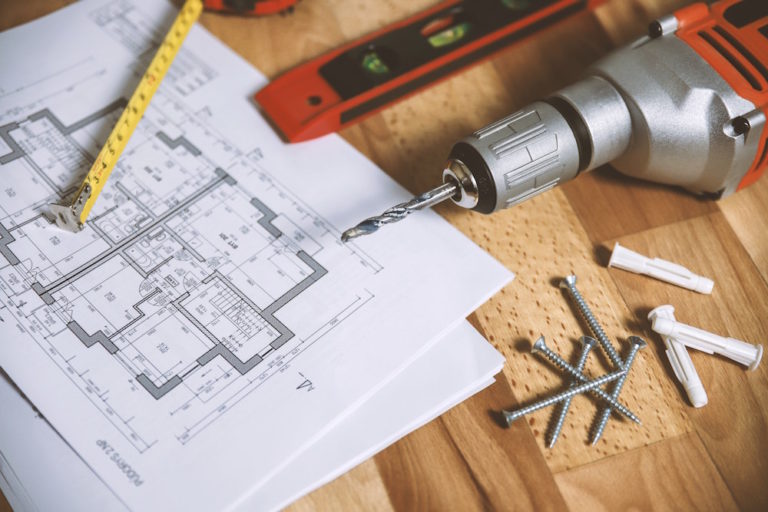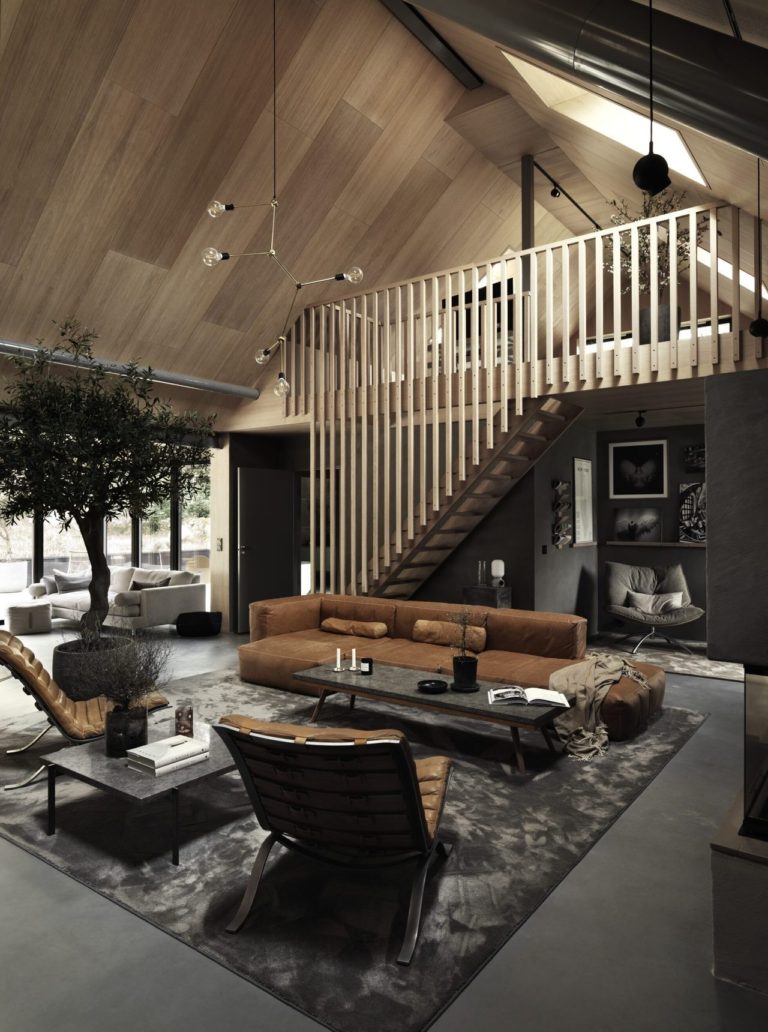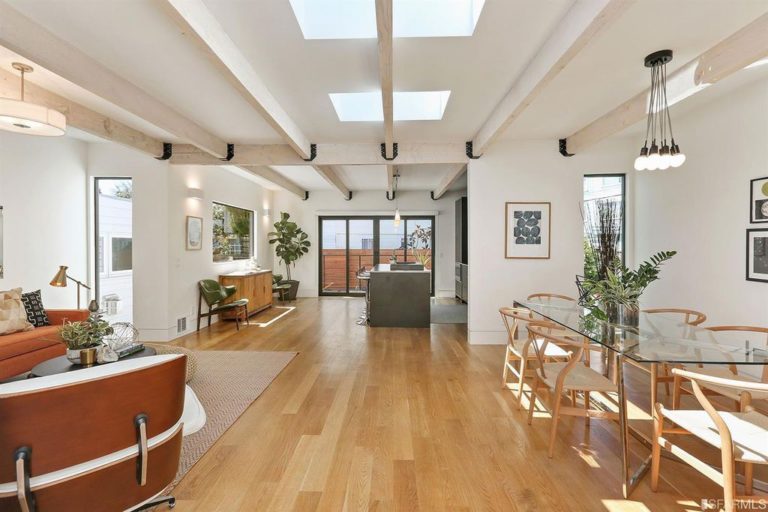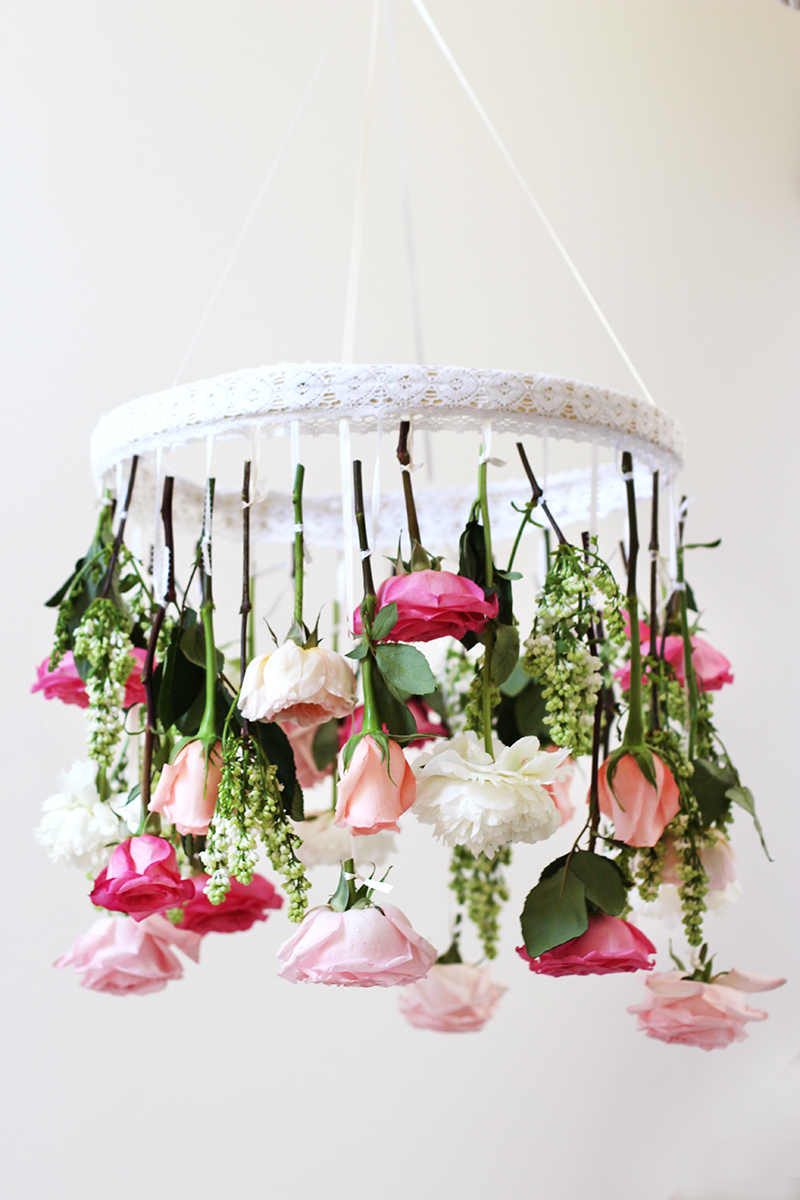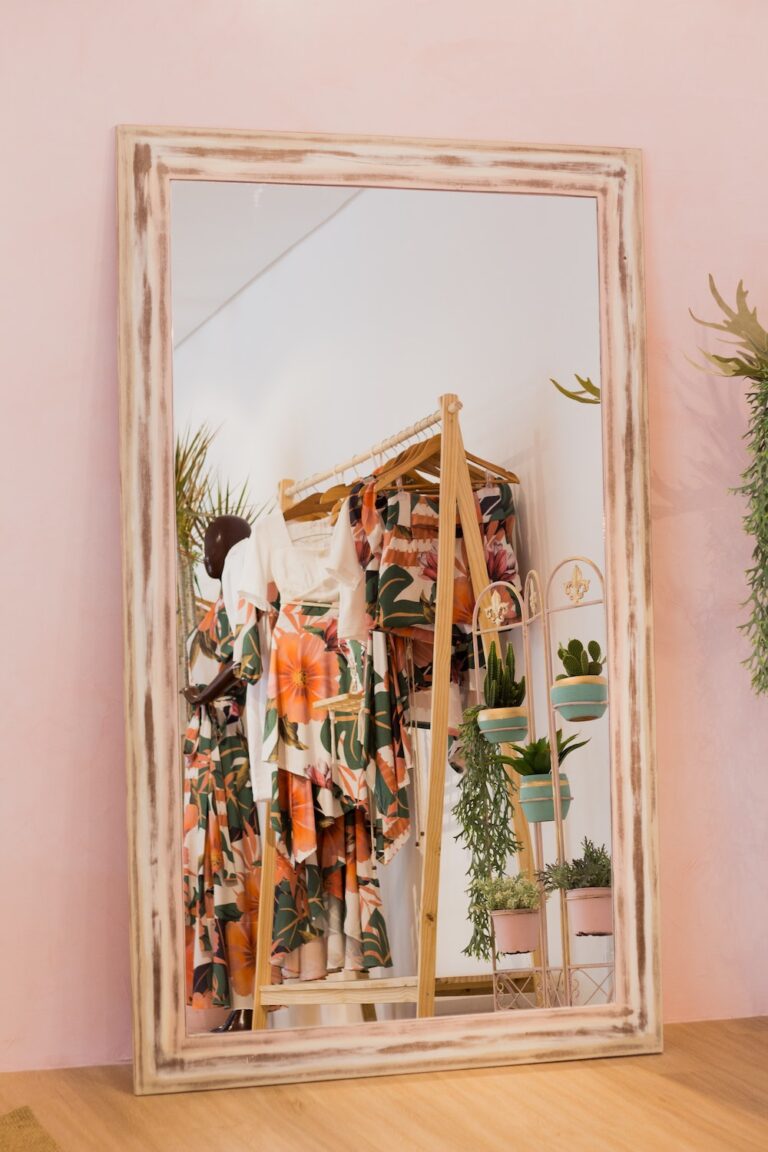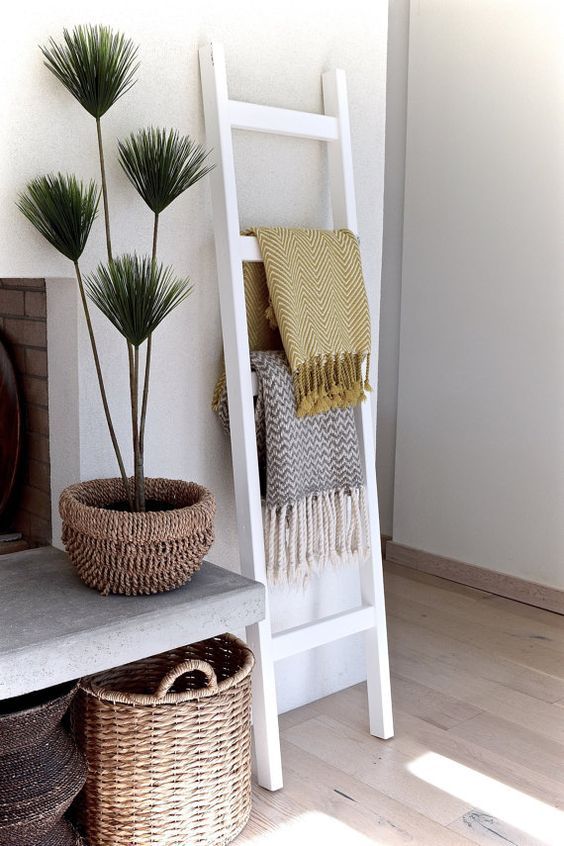The Cheapest Way to Build a Storage Shed on a Budget
This guide is going to talk about some ways to save money and provide some suggestions on why certain construction materials should be used. The ultimate goal, in the end, is to build a long-lasting structure that not only looks great, but provides a variety of storage applications and solutions as well. One of the first things you’re going to need is a good set of storage shed plans to work from. Build a shed can be as cheap as you are willing to hardwork !
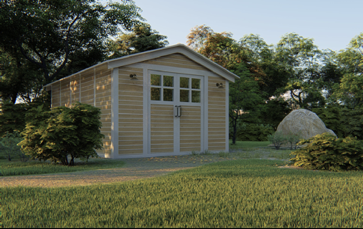
Once, you determine the size and style of the shed you want and have your plans? It’s time to start thinking about ways to save to money, and the best way to build it.
We spoke to our friends of storage sheds Boston and we got some tips for you :
Tips for Saving Money
Tip 1: DIY
The biggest factor in saving a substantial amount of money is to DIY! According to most cost estimator programs, it can cost about $22.85 per square foot to hire a professional contractor. As an illustration, the national average for a carpenter to build a 10×12 storage shed is about $2,745. The cost of the best materials wouldn’t cost any more than that, so why would you want to double the total cost when you can do it yourself?
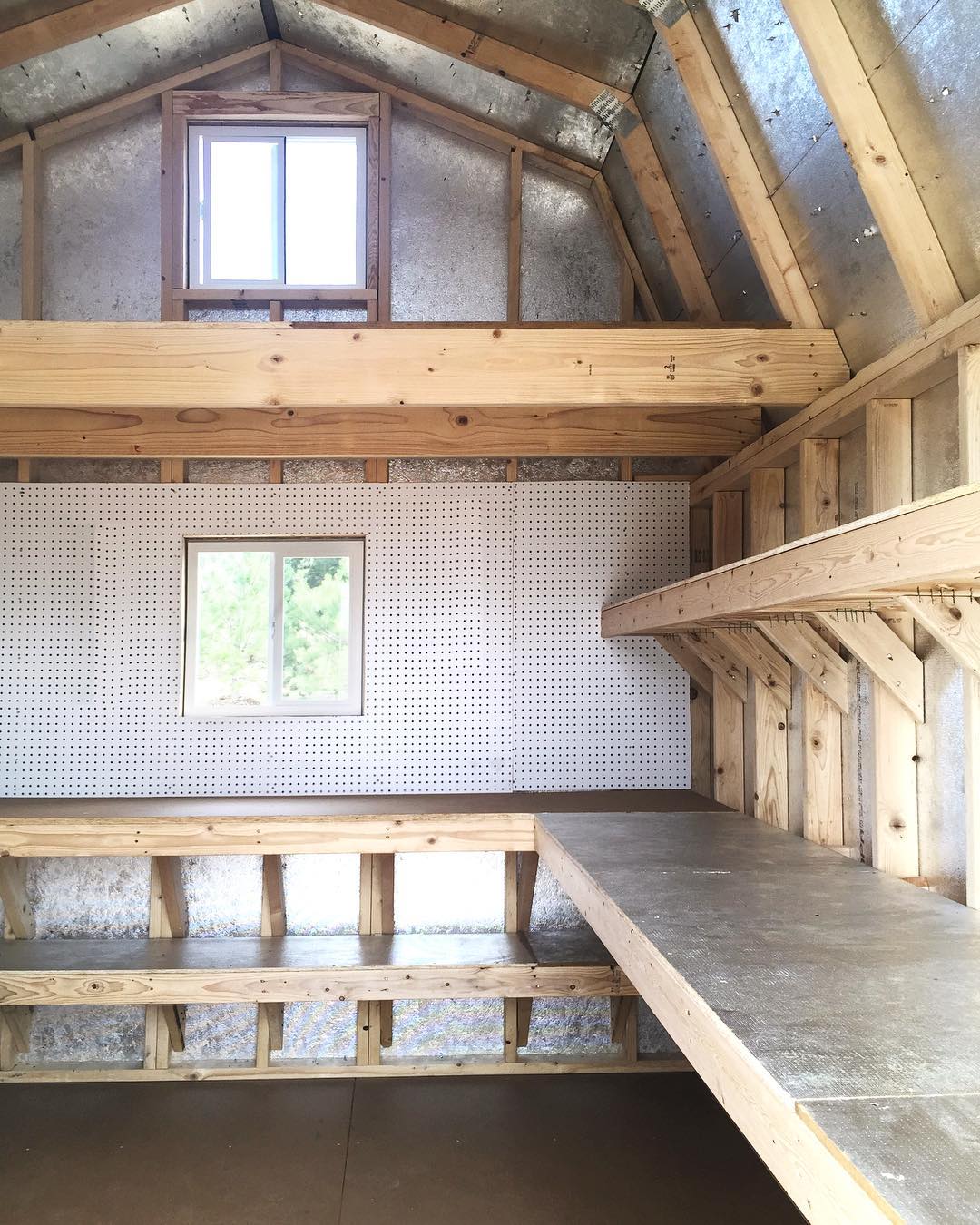
Tip 2: Build a shed Foundation
The foundation of any structure is a vital component to its overall integrity. When you’re thinking about building your shed, there are a few different foundation applications that you could use:
- Concrete Slab: A concrete slab that is 4” thick will probably outlive the structure; however, it’s very costly and timely.
- Concrete Footing: A concrete footing also adds a lot of structural strength, but like a concrete slab, it can cost some money and time.
- Deck Blocks: Deck blocks are fairly inexpensive and do a good job of supporting the shed by using pressure-treated 4x4s that lock into the deck blocks and attach to the floor joists, but some maintenance to re-level the shed may be required after a few years of being installed.
- Skids: Skids are the cheapest way to support your shed. By utilizing pressure-treated 4x4s to rest your sub-floor on can save hundreds of dollars or in some cases, a thousand dollars or more if a 4” concrete slab is used.
A good tip for using 4×4 pressure-treated skid plates is to put a little bit of work into the site preparation. Get the ground as level as possible and dig a small trench and fill it with crushed gravel under the skid plates. This will help to prevent ground erosion and damage to your skid plates by providing rainwater with a drainage system. This ensures that your skid plates aren’t sitting in standing water; therefore, extending the life of your skid plates and keeping your shed level for a longer period of time.
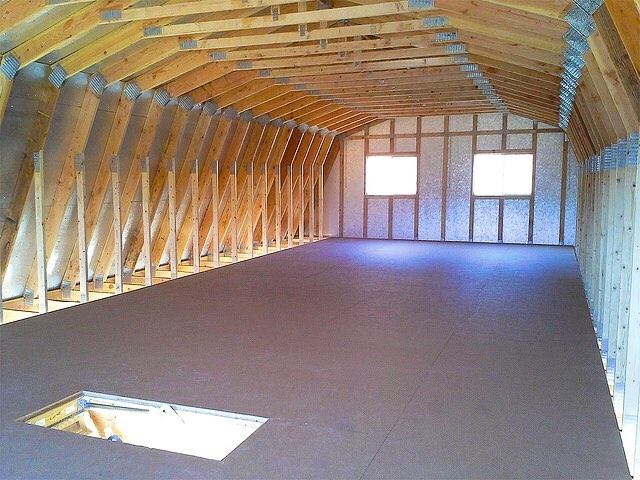
Tip 3: Materials
Construction materials have seen a rise in cost over the last couple of decades, and the materials are the second biggest factor for the overall cost of a shed. When it comes to framing a shed, kiln-dried lumber certainly is a little cheaper to buy than pressure-treated lumber; however, is it worth the extra $1.86 you save for a single 2x4x8 stud? When it comes to building a shed that has staying power and structural strength, it’s a wise choice to build it with pressure-treated lumber.
One way you can save money on pressure-treated lumber is to do some research on different lumber retailers and wholesalers. Independent lumber yards offer the lowest prices because you can barter with them on a bulk purchase. Big box stores utilize universal pricing models and don’t fluctuate on the price; however, most of them offer a 10 percent savings for senior citizens. This is a great time to go get grandpa and buy some materials.
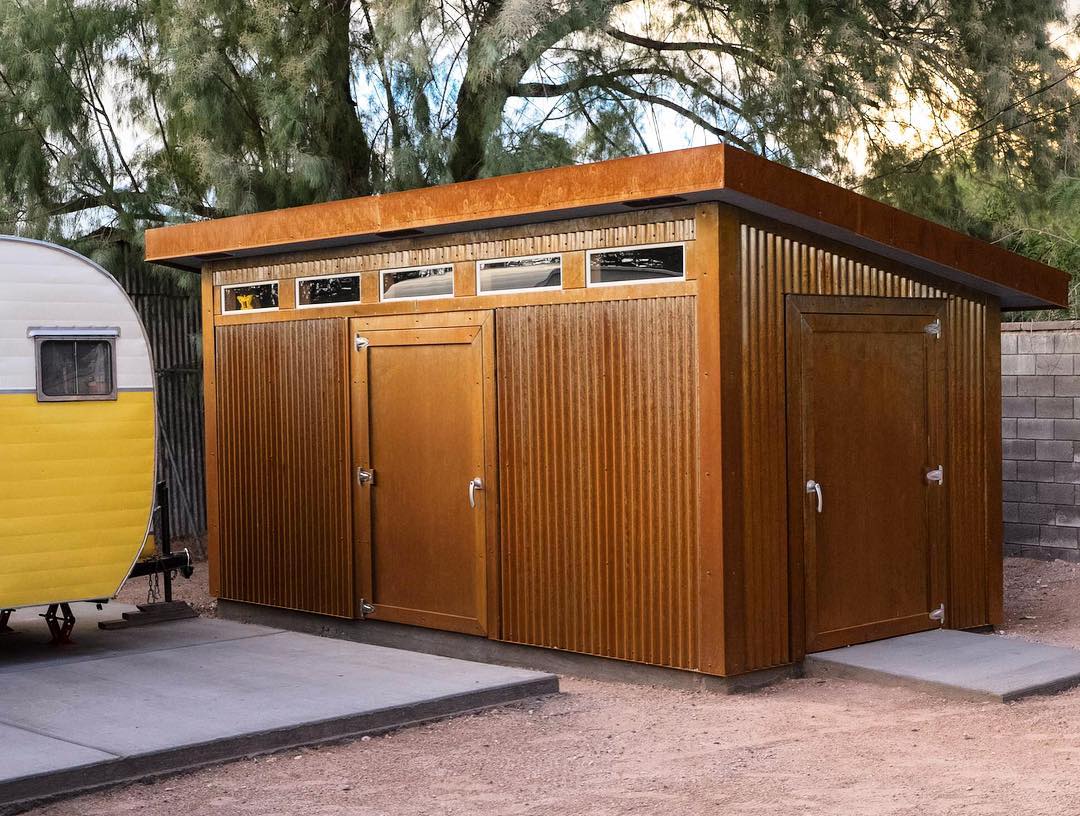
Another way you can money on materials is to buy used windows and doors that are in good shape. There are a lot of resources available online or in local swap-guides and classified sections of your daily newspaper. A lot of times people will upgrade their windows and doors and put these valuable items up for sale. The best part, once you clean, install, trim, and paint them, you can hardly tell the difference.
Tip 4: Roofing Material to Build a shed
One of the cheapest ways to install a roofing material that provides superior water protection is to use a standard three-tab asphalt shingle. Most home improvement centers will offer these shingles for about $100 per square (100sqft). Additionally, for the small price that a roll of felt or tar paper costs, it’s worth the money to install before you shingle your shed.
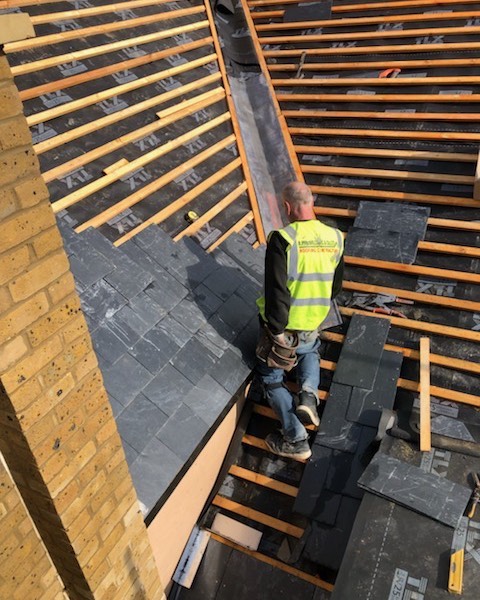
Tip 5: Siding Material
Siding a shed can get rather expensive when you’re talking about tongue and groove shiplap boards or plywood sheathing covered with a layer of Typar (house wrap) and vinyl siding. One solution for this problem is to use T1-11 plywood for siding your shed. Yes, the panels are on the expensive end; however, when you add up the total cost to side your shed with one of the two methods mentioned above, it doesn’t take long to realize this is the cheapest way.
T1-11 is a high-quality grade of plywood with tongue and groove edges and appearance of wood siding boards. A variety of wood preservatives can be applied for a natural look or it can be painted and stained any color.
Build a shed : Additional Tips for Saving Money
The structural integrity of any building is in the materials it uses. Pressure-treated lumber for constructing a shed that will be subjected to outdoor elements is the best choice for framing materials. This is due in part to the chemicals that are in the lumber that have a green/brownish appearance. These chemicals help to repel water and insects; therefore, decay is less common.
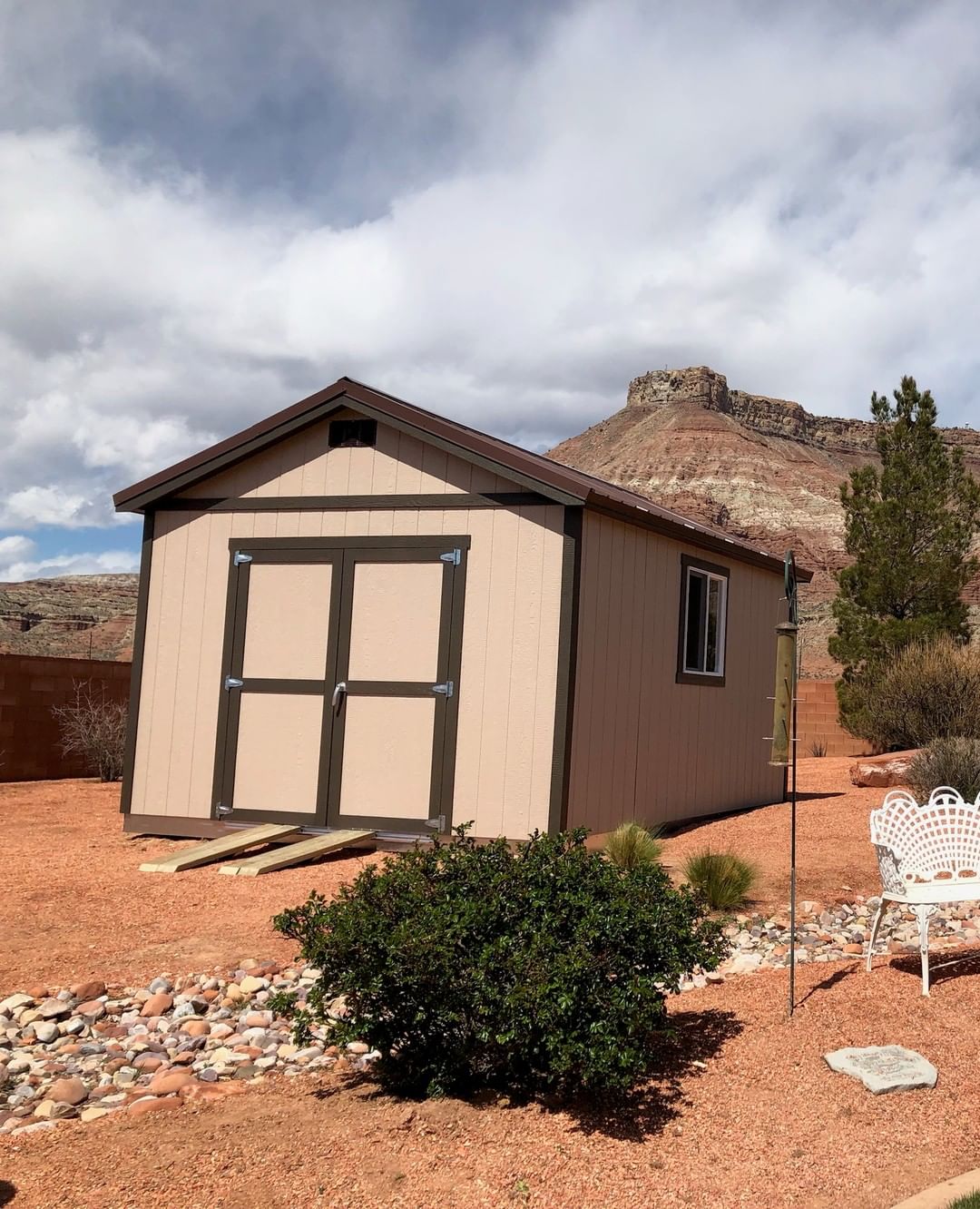
There are some other ways you can save money on the framing of a shed by using kiln-dried lumber instead of pressure-treated lumber for the walls and roof trusses; however, one area you do not want to go cheap is with your floor joists and rim boards. You should always construct your sub-floor with pressure-treated lumber because the underneath of the sub-floor is more subject to insects and moisture from the ground.
Finally, whenever you look at a shed plan, it’s always a good idea to buy the extended version or premium plan because it will provide a wealth of information that most basic plans do not provide. Why is this important? It’s important because it benefits novice builders and the DIY enthusiast by having a detailed set of instructions and a complete material list.
For example, when you know how many wood screws or nails you need for the entire project? You can do some research online and in some cases, find online retailers who offer the same product for less than your local home improvement store does. All of these little tricks can save the average DIY builder hundreds or thousands of dollars and still end up with a high-quality shed.

